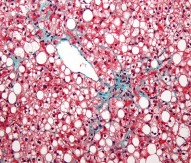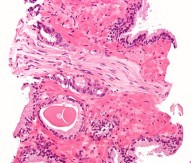
EIB backs HIV device advances
The European Investment Bank (EIB) has announced it is providing a €10m long term loan to Swedish biotech company Cavidi AB for developing an automated testing device for HIV viral load.
This is the first transaction under InnovFin Infectious Diseases, an innovative high risk-taking financial instrument recently established within the new InnovFin generation of financial products for innovative and growth companies.
Cavidi’s novel technology for HIV monitoring is proven to work in simple and less sophisticated laboratories, which are common in low and middle income countries that often suffer HIV pandemics. The new testing device represents a breakthrough as the correct measurement of the actual viral load in HIV patients can contribute enormously to efforts surrounding the reduction of the AIDS epidemic. Maintaining a low viral load reduces the chances of virus transmission.
Commenting Jonathan Taylor, EIB Vice-President with responsibility for lending in Sweden, said that the EIB was “pleased” to work with Cavidi “as it will enable the EU bank to support future technologies whose concrete applications will effectively tackle the HIV pandemic”.
Taylor added: “With this first InnovFin Infectious Diseases loan, we confirm our commitment to providing easier access to finance, especially for higher risk projects, in the medical sector.”
Providing his thoughts, Carlos Moedas, European Commissioner for Research, Science and Innovation, said: “This first loan under InnovFin Infectious Diseases will not only help speed up the development of an innovative device for monitoring HIV treatment for the benefit of patients, but will also support the growth of an innovative family-owned European business.”
John Reisky de Dubnic, CEO of Cavidi, commented that the “support from the EIB will help us realise our technology faster and increase access to viral load monitoring for those living with HIV who need it most”.
The company expects to launch this next generation HIV viral load monitor during 2016, and target users in HIV diagnostics in district hospital laboratories in low and middle income countries.




